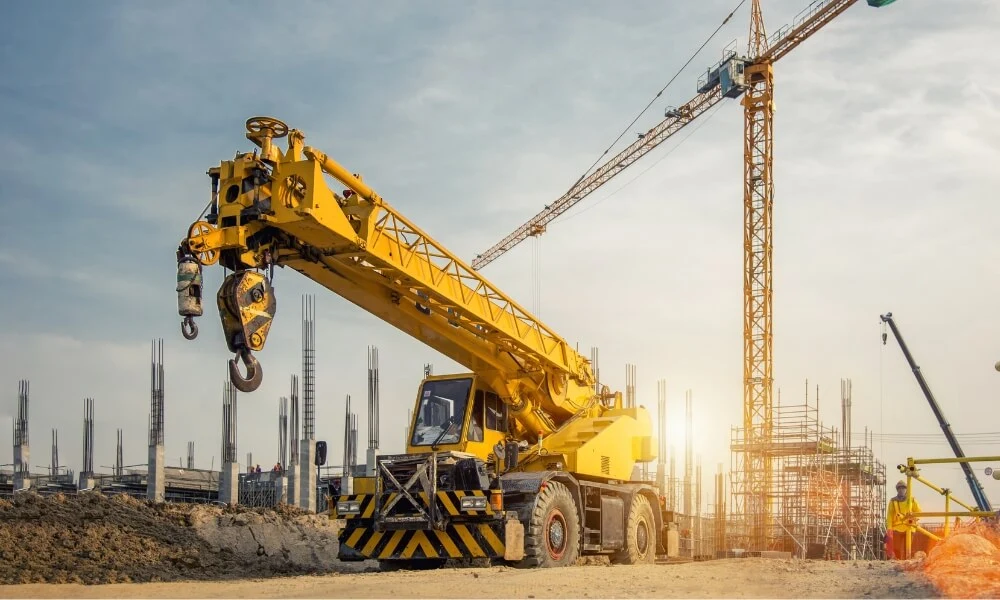Solar energy is now more accessible than it used to be, so more and more people are making even a partial switch to it to both cut down on utility costs and to lessen their negative impact on the environment. When you have a solar power system installed, it’s not just the panels you should pay attention to. You should make sure that there’s a way for you to monitor the system so you can tell how well it’s running.
Typically, installers will connect their own monitoring software to the system’s inverters; that way you can see how much electricity the solar panels produce. Usually, you can see this information via a mobile app, and optimally, you should also be able to tell if the inverters are working properly, so you’ll know whether or not you already need to find reliable solar inverter repair services.
Besides being able to tell if you need repairs done, why do you have to monitor your solar inverters?
You can view a breakdown of your system’s performance
When you monitor your solar inverters, you can view their performance in as much detail as you want. Most times, a general overview is usually fine, but a detailed breakdown will let you see just how efficient (or inefficient) the system is. That way, you’ll be able to decide whether or not you need an upgrade, or what measures you can take to help make the system more efficient.
Being able to view performance also means you’ll be able to pinpoint when your system is at its best, and when it’s not quite up to par. Then you’ll have a baseline to compare future performance to, so you can tell if something needs repair or replacing.
You can keep an eye on production
As mentioned earlier, solar inverter monitoring can tell you how much energy your system is producing, not to mention how much is being converted to AC electricity. When you have a good idea of how much electricity you’re getting out of your solar panel system every day, you’ll also know how much you’re supposed to be saving on your monthly energy bill.

You should also be able to compare your consumption to production. That way, you can determine if there’s any extra energy that’s either being stored in a battery for later use, or else diverted to the grid and therefore giving you energy credits in some way. You’ll also be able to tell when is the best time to run certain appliances, so you can use them when you need to without taking power from the grid.
You can see the status of your solar panels and inverter
Being able to see the status of your solar panels and solar inverters is another way to tell if anything in the system needs tending to, beyond what the electricity production can show. In the best case scenario, whatever you use for monitoring will create alerts or else notify you in some way if anything’s wrong, so that you can call a professional to handle the repair work, if any, as soon as possible.
Solar inverter monitoring can seem tedious, it’s not something you can just leave alone, but the truth is – it’s a valuable source of information and provides a great way for you as an end-user to track your energy consumption. In that way, you’ll be able to determine if the solar energy system you currently have is the one that best fits your needs.




